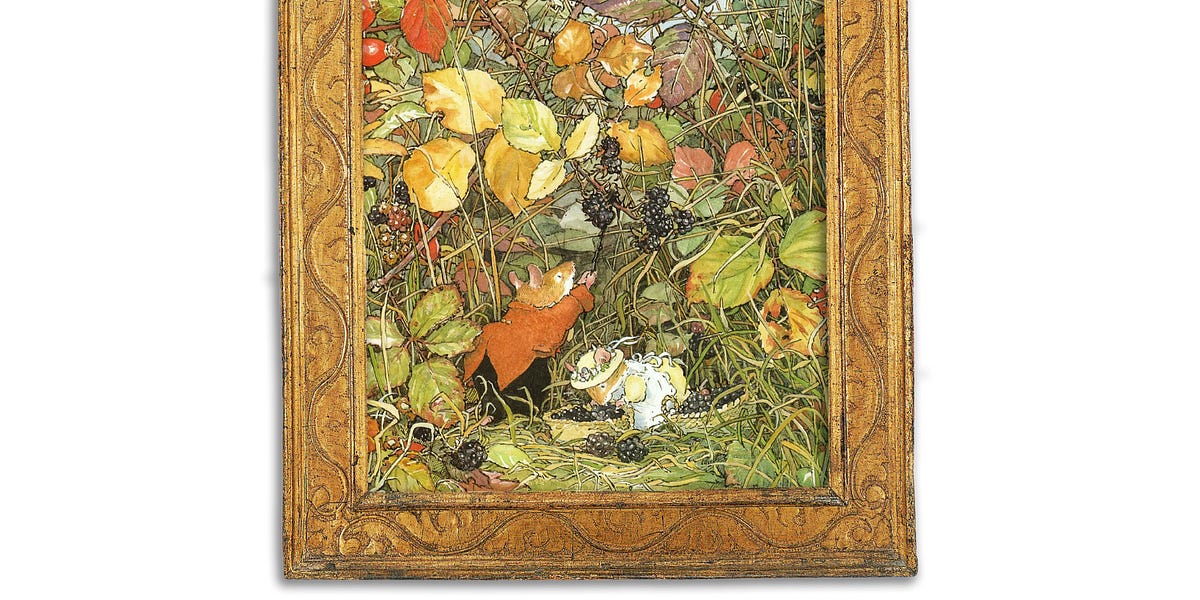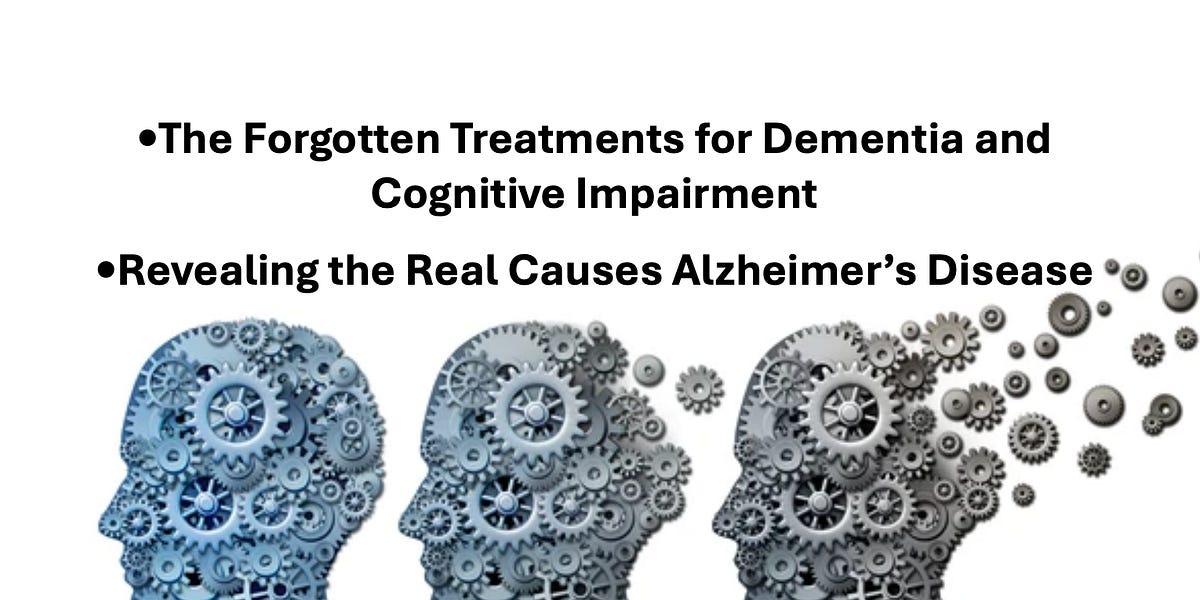Press enter or click to view image in full size
We say we love innovation, we celebrate efficiency, and we automate our homes, our inboxes, our workflows. Yet, when a system starts to feel like it’s thinking (when automation crosses into what we call AI), our admiration turns into anxiety.
“We crave the time that automation gives back, but we resent the independence of systems that start to make decisions for us.” — Nielsen Norman Group, 2020
The paradox is everywhere: people want self-driving convenience but not self-driving cars, they’re happy to let Gmail sort their inbox but uneasy when it suggests replies. From a UX standpoint, this paradox is not irrational, it is a question of control, agency, and accountability. Understanding it may be the most important design problem of the next decade.
Automation as comfort, AI as ambiguity
Automation is old. We’ve been building systems to relieve effort for centuries, from the loom to the dishwasher. These tools operate within clear boundaries, we know what they will do and we know when they have done it.
AI feels different because it blurs those boundaries. It doesn’t just follow logic, it appears to interpret context. When users sense that a system might act unpredictably or beyond their explicit command, the mental model of “tool” collapses into one of agent.
UX Insight: Automation comforts, AI unsettles. The line between them is psychological, not technological. — Benyon, 2019
Perceived agency, the invisible UX variable
In design discussions, “agency” often sounds abstract. Yet perceived agency, the sense that a system has its own will, directly shapes the user experience.
Consider two voices of the same system:
• Automation voice: “Your payment has been processed.”
• AI voice: “I’ve processed your payment for you.”
Functionally identical, experientially opposite.
Key Point: Even subtle anthropomorphism, like using “I”, can shift user expectations of responsibility and trust. — Epley & Waytz, 2010
UX research consistently shows that anthropomorphism increases engagement but also heightens expectations of accountability. When users feel a machine is acting for them rather than with them, they subconsciously evaluate its “intentions.”
The psychology of control
Humans have a strong need for the illusion of control, the feeling that our choices influence outcomes even when they do not. In UX, this illusion can be as subtle as a progress bar that reassures us something is happening or a manual override that we rarely use but feel comforted by.
UX Principle: Users must maintain a clear mental model of how a system works and what options they have to influence it. — Norman, 2013
Designing for control does not mean disabling automation. It means building transparency and reversibility into AI behavior. Users should always know:
• What just happened
• Why it happened
• What they can do next
When these three questions are answered in the interface, trust begins to take root.
Ownership and accountability, the moral dimension of UX
The emotional distance between automation and AI is not just about usability, it is about accountability.
Moral Insight: Opacity erodes trust; explainability restores it. — Epley & Waytz, 2010
Ownership shifts from product to principle. If users believe a system has intentions, they also expect it to take responsibility. But because AI has no moral agency, accountability must still reside with the human designers and organizations behind it.
For UX professionals, this introduces an ethical mandate: design systems that make the chain of accountability legible.
Three models for designing trustworthy AI experiences
Designing for agency is not about choosing between control and autonomy, it is about orchestrating their relationship. UX can learn from three recurring design patterns that balance initiative and accountability.
- The Confident Assistant
Proactive AI, human in charge. Suggests, drafts, or anticipates needs but waits for confirmation.
“Based on your last meeting, I drafted a summary, review before sending?” — Benyon, 2019
2. The Collaborative Partner
AI as a peer in creative or analytical tasks. Offers ideas rather than answers, invites dialogue.
“You could emphasize contrast for better accessibility, would you like to explore that?” — Norman, 2013
3. The Invisible Guardian
Monitors, flags, or protects only when necessary.
“This file may contain sensitive data, proceed?” — Nielsen Norman Group, 2020
Designing perceived agency
Practical UX implications include:
• Tone and language: Anthropomorphism
should be deliberate. Every “I”, “we”, or “you” carries psychological weight.
• Feedback loops: Always close the loop. Visible explanations, progress indicators, and reversible actions signal control.
• Boundaries: Define what the AI will never do. Limits build more trust than promises.
• Transparency over mystique: Users value clarity more than wonder. The goal is confidence, not magic.
• Progressive trust: Start with small, predictable interactions and expand autonomy as user comfort grows.
Takeaway: Good AI design is less about intelligence and more about relationship design, continuously negotiating trust between human and machine. — Benyon, 2019
Press enter or click to view image in full size
The UX lesson: Trust is a designed experience
UX design has always been about mediating relationships between users and systems, between effort and reward. AI does not change that, it simply moves the boundary closer to cognition.
“The next generation of UX professionals will design agency frameworks, deciding how visible, confident, or deferential the system should be.” — Norman, 2013
The irony is that we do not hate AI because it is powerful; we hate it because it reminds us that we are no longer the only decision-makers in the room.
When we succeed, automation and AI will no longer sit on opposite sides of our emotional map. They will become parts of a single continuum: tools that extend human capacity without eroding human control.
That is the future good design must build.
Sources
• Nielsen Norman Group (2020). Trust in Automation and AI Interfaces.
• Norman, D. (2013). The Design of Everyday Things. Revised and Expanded Edition. Basic Books.
• Epley, N., & Waytz, A. (2010). Mind Perception and Anthropomorphism. Psychological Review.
• Benyon, D. (2019). Designing User Experience: A Guide to HCI, UX and Interaction Design.
• Goleman, D. (1996). Emotional Intelligence. Bantam Books.
.png)




